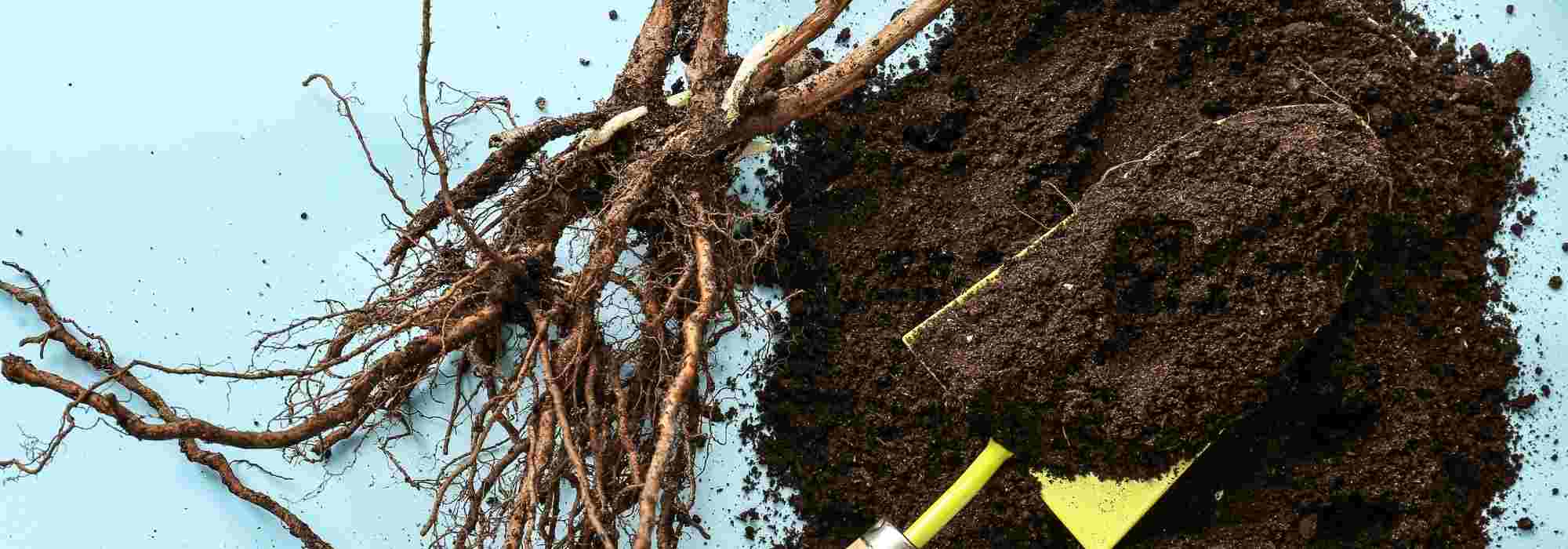
When and how to heel in before planting?
Techniques and tips
Contents
Heeling-in is a temporary storage technique for trees, bushes, rose bushes, perennials and vegetables It involves digging a trench in light (or lightened) soil and laying the young plants in single file for a period of a few days, or even a few weeks. Fairly simple to set up, this practice nevertheless requires following a few rules to ensure optimal re-establishment of your young plants in spring after heeling-in.
Why pot on?
This practice is essential when receiving bushes, trees, soft fruit, roses, certain perennial plants or vegetables (leeks) in bare roots that you cannot plant straight away for various reasons. Leaving them lying in a corner of the garden while waiting for a bit of spare time would be a very bad idea. Indeed, when winter conditions prevent you from gardening, when you do not have time or when your planting site is not yet ready, you must resort to this technique to protect plants’ roots from drying out and frost.
Absolutely avoid planting when soil is waterlogged, frozen or when strong winds are blowing. Resisting impatience to start planting is sometimes a necessary evil, because digging waterlogged or frozen soil is the best way to destroy its structure and make life harder!
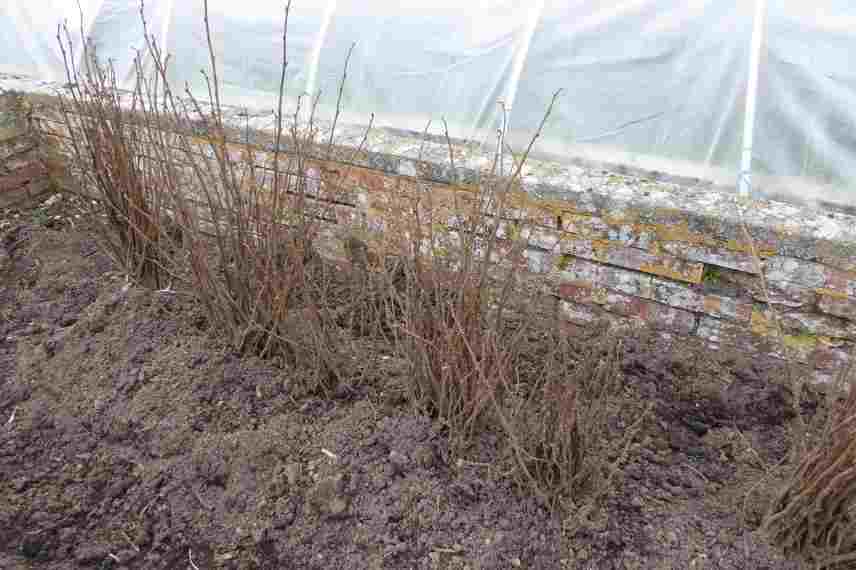
Heeling-in of young hazel plants (Photo: G. David)
Note: Potted plants can also be heeled in, provided the same rules as for bare roots are followed.
When to pot on?
This technique applies only in autumn and winter, a period marking the planting of many plants as bare roots.
Ideally, plant your plants after a minimum of three days without rain and outside periods of frost. This will greatly ease the task and increase chances of successful establishment of your plants. Windy days should also be avoided to prevent roots drying out.
March is the final cut-off for planting plants (woody or otherwise) as bare roots!
Discover other Bare root Roses
View all →Available in 0 sizes
Available in 1 sizes
Available in 1 sizes
Available in 1 sizes
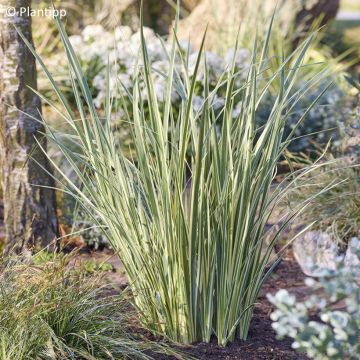
Available in 1 sizes
Available in 1 sizes
Available in 1 sizes
Available in 1 sizes
Available in 2 sizes
Available in 1 sizes
Where to place a gauge?
Ideally, it should be placed in a shaded spot in your garden to avoid large temperature fluctuations during the day and premature development of your young plants. We therefore recommend placing it to the north. To avoid prevailing winds, place it if possible along a wall or a hedge.
Some precautions before placing in holding trays
If you collect your young plants from your nursery yourself, your priority when transporting them to the planting site or holding area will be to protect roots from the elements. We therefore recommend that you bring a damp cloth or sheet to protect roots during transit. Frost, sun and wind are the three main enemies of roots when a plant is uprooted from the soil. Within a few hours’ exposure, they can scorch and dry out the roots of your plants.
How to transplant into trays?
A heeling-in trench is a more or less deep trench (its depth depends on size and average volume of roots) where the sensitive part of the plant is placed: the root system. This furrow will then be backfilled with a mix of garden soil and fine sand, up to the collar of the plant. Note that it is entirely possible to do without the sand if your soil is light.
Which tools to use?
With a bit of courage and a back in working order, the spade and wheelbarrow are the only essential tools for making your heeling-in trench. A sack of sand can be used if your soil is too heavy and wet, in which case a shovel will be very useful.
Steps to carry it out
- Dig a furrow with a depth and width slightly greater than the height of your plant’s root system. Length of furrow obviously depends on number of specimens you need to protect. Place them in single file and do not stack them!
- Place entire roots in the hole up to the collar (intermediate part between roots and stem of your plant) by tilting your young plant on its side (this will reduce its wind exposure).
- Backfill the hole with your light soil mix, tamping down slightly to avoid air pockets between roots. A layer 20 to 30 cm thick of soil is recommended for optimum root protection.
- Water your trench lightly if your soil/sand mix seems too dry.
- A layer of straw can be laid over your trench to prevent roots from being affected by frost during very cold periods.
Do not leave plants in the trench for too long — from several days up to a few weeks, no more — as they may take root and suffer further stress when lifted, which could harm establishment. Plant as soon as conditions allow and before growth resumes.
François’s tips: In case of heavy rain, check for possible fungal attacks that could affect your young plants.
- Subscribe!
- Contents
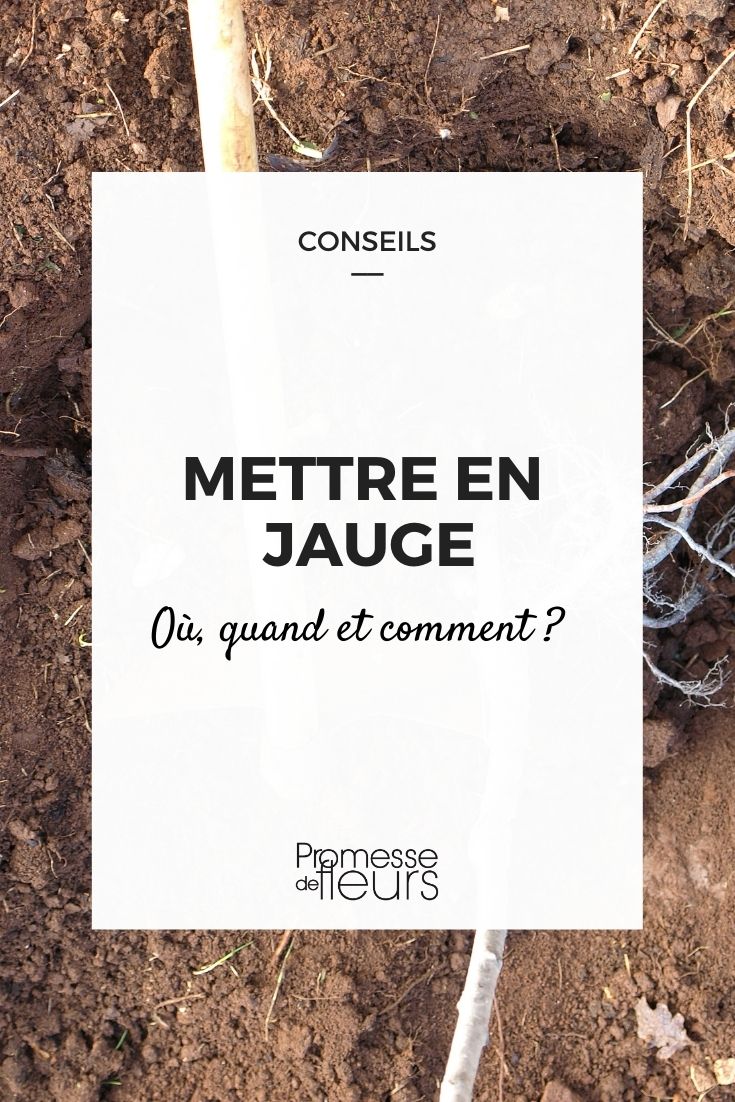



































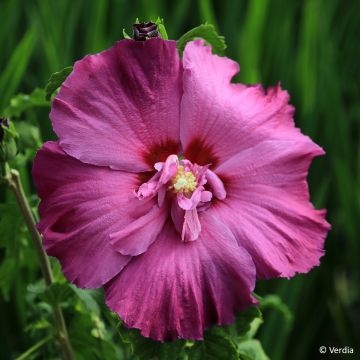
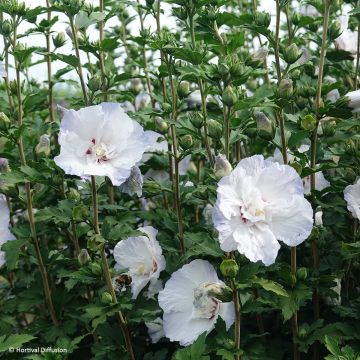


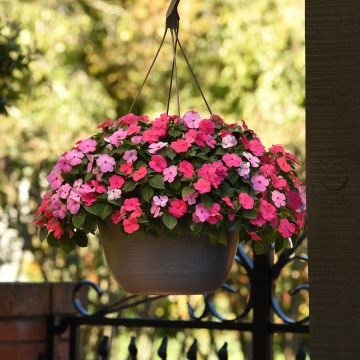
Comments